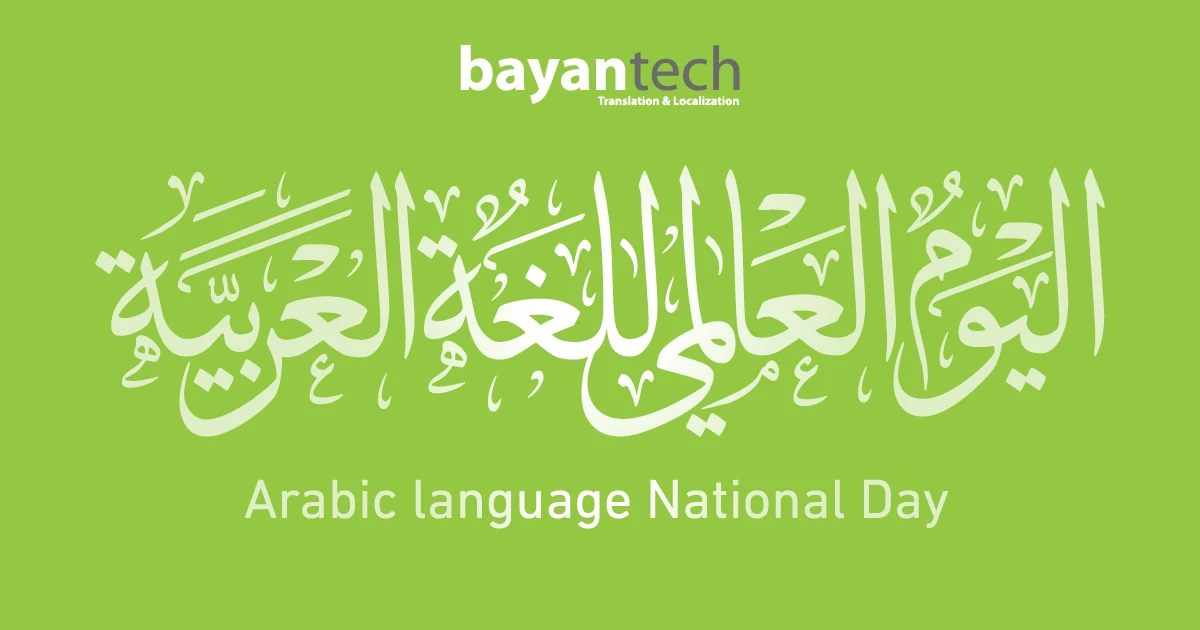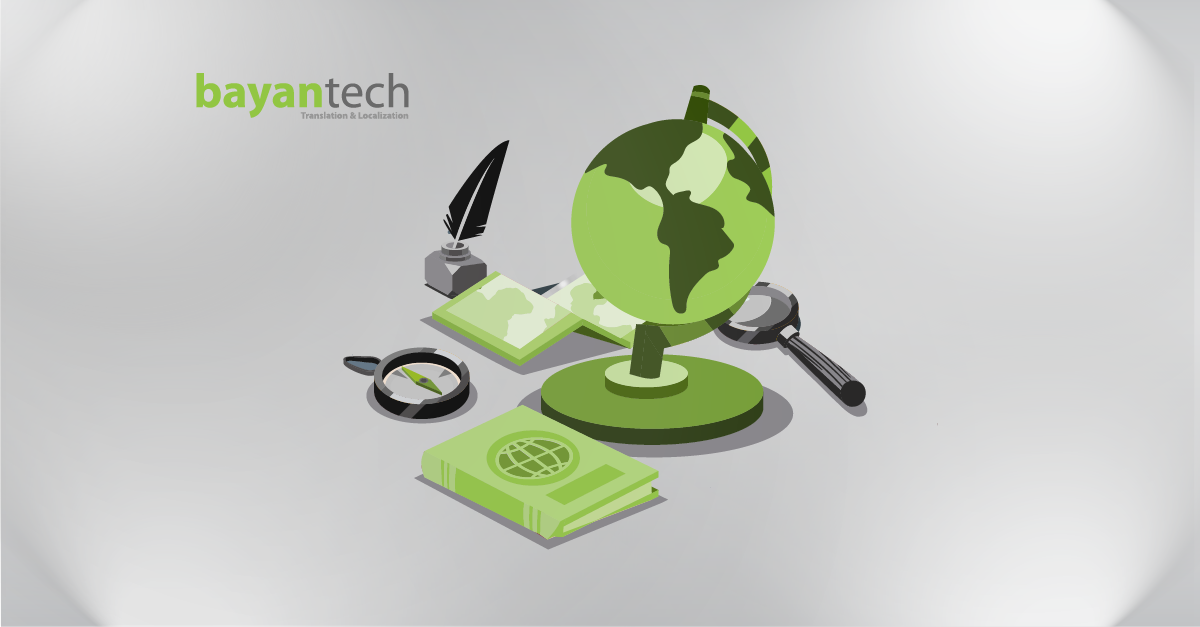When you hear the word Brazil, what first comes to mind?
Some would think of football; after all, it’s the land of football legends like Pelé, Ronaldo, and Ronaldinho.
You could also think of vibrant colors, the beautiful aroma of coffee, music, and some samba dancing.
And if you’re a travel enthusiast, you’ll definitely think of the Amazon Rainforest and the statue of Christ the Redeemer.
A beautiful and rich culture like Brazil’s can only mean one thing: a diverse variety of languages.
Given the country’s history, its large size, and location, a wide variety of languages are spoken in Brazil.
Learn here the languages spoken in Brazil and how businesses can localize their services for the Brazilian market.
Brazil’s Official Language
Portuguese is the official and primary language spoken in Brazil, the largest country in South America.
It is estimated that more than 95% of Brazil’s population, 212.6 million, speak Portuguese.
Being the official language of the country, it is used in all governmental institutions, education, media, law and legislation, businesses, and so on.
Brazil was first inhabited by Tupian-speaking Indians, before Portuguese explorers found their way to Brazil and colonized it in 1500. Portugal’s colonization would last for 300 years until Brazil gained its independence in 1822.
Although the Portuguese spoken in Brazil was first similar to that spoken in Europe, it later evolved to have its own pronunciation, vocabulary, and grammar.
However, both dialects of Portuguese, Brazilian and European, are still mutually intelligible, much like American and British English. Here are some examples of the differences between them.
In terms of pronunciation, European Portuguese tends to shorten vowels, while Brazilian Portuguese elongates them.
Vocabulary differences can make it tricky for speakers to understand the other dialect sometimes.
For example, in Brazil, you’ll take the “trem” (train) or “onibus” (bus) to go get “sorvete” (ice cream). But in Portugal, you’ll take the “comboio” or “autocarro” to go get “gelado.”
Languages of the Indigenous People
Brazil is home to over 200 indigenous languages. Those languages are fortunately still kept alive, with their speakers mainly residing in northern Brazil in their indigenous lands.
Some of the most widely spoken indigenous languages include Ticuna, Mawé, Kaingang, and Kaiwá Guarani.
Efforts are made to preserve these languages as well as revive native languages like Nheengatu, which was once widely spoken in Brazil.
One reason why some of these languages go extinct is that they are not written down.
Another reason is that Indigenous people would speak their language with their parents or older generations but not their children. This way, children would grow up learning and using only the lingua franca in their daily lives.
Because these languages make up the cultural fabric of society, efforts are made to preserve them by documenting them and teaching them in some schools. This helps preserve the cultural identity of indigenous people.

Immigrant Languages in Brazil
German
Over history, Brazil has been a go-to destination for immigrants looking to start a new life. German immigrants arrived in large numbers in Brazil between 1920 and 1930 after the end of World War 1 and with Hitler’s rise to power.
Now, German is the co-official language in some parts of Brazil and is the second most spoken language in Brazil, mostly in Southern parts of Brazil.
It is taught in schools in immigrant communities. This way, people of German descent were able to keep their language alive as well as some of their traditions, like celebrating Oktoberfest.
Italian
Like Germans, there was a large Italian immigration wave to Brazil in the 20th century. Italian is now the third most spoken language in Brazil.
The Italian spoken in Brazil has evolved into a dialect of its own called Talian and is mainly spoken in Southern Brazil.
Other Immigrant Languages Spoken in Brazil
Other immigrant languages in Brazil are Spanish, Japanese, and English.
Spanish is commonly spoken or understood around the borders of Brazil, given its close proximity with Latin countries.
Due to a wave of Japanese immigration in the early 1900s, Japanese is spoken among a community of Japanese immigrants in Brazil that mostly resides in São Paulo and Paraná.
English, like in most countries, is taught in schools as a second language. People in Brazil speak English in big cities like São Paulo and Rio de Janeiro and mainly use it in domains like business and tourism.
How to Localize for the Brazilian Market?
Of course, the main focus for any business targeting the Brazilian market should be on translating and localizing into Brazilian Portuguese. Portuguese translation services will help a business fully adapt and localize its brand for Brazil’s market.
People working on your marketing campaigns and product development should be aware of all the cultural nuances in Brazil. This way, you can put out a good campaign that truly speaks to your target audience and avoid any possible marketing blunders.
A small move can make a big impact: adapting your customer services to your target language will make your target audience feel heard and supported in their own language and that builds customer loyalty.
And let’s not forget minorities and immigrants in Brazil. Including other languages spoken in Brazil like German, Spanish, and Italian in marketing campaigns will help you reach your full customer potential in that market.
Enter the Brazilian Market with bayantech
If your business is seeking to expand in Brazil’s market, bayantech will make sure your endeavor is successful.
With our expertise in the translation and localization field in languages like Brazilian Portuguese, German, and Italian, we’ll localize your business to the languages spoken in Brazil to reach your target audience.
Expand your business and send us your project now!







